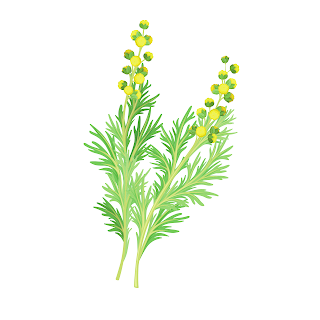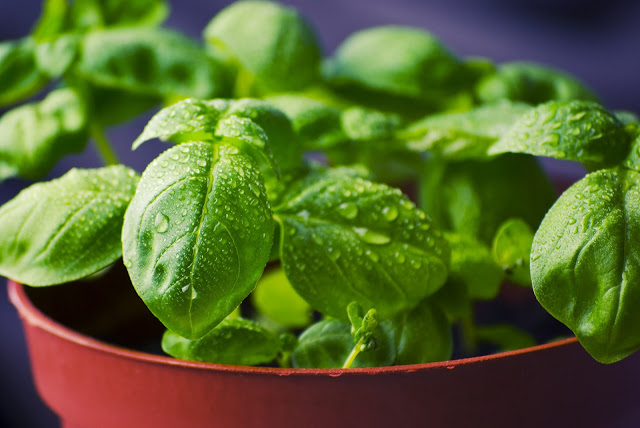Magical and Medicinal uses of Mugwort
I love researching plants for new ingredients, its where I feel most at home. As part of my practice this year I am adding herbs to my garden as well as my pantry. Herbalists believe that the whole plant is sometimes a more balanced and beneficial way to take medicine. So today I've delved into a herb I have seen here and there in my readings and want to know more about how I can use it in practice.
Mugwort is a common name for several species of aromatic flowering plants in the genus Artemisia. In Europe, mugwort most often refers to the species Artemisia vulgaris, or common mugwort. While other species are sometimes referred to by more specific common names, they may be called simply "mugwort" in many contexts.
While mugwort does also grow in Australia it is considered a weed in some areas, because the underground rhizomes compete with other plants for space and moisture
It's important to note that mugwort oil contains thujone, which is toxic in large amounts or under prolonged intake. All parts of the plant contain essential oils with all-purpose insecticidal properties (especially in the killing of insect larvae). This is best used in a weak infusion, but use on garden plants is not recommended, as it also reduces plant growth. Mugwort has been used therapeutically to relieve sleepiness.
Spell work: This herb, also known as a psychic/lunar herb, is said to enhance divination and psychic dreaming. It is purported to have protective properties. In European folklore, Mugwort shields against injury, fatigue, and poisons. Romans would put this herb on their shoes to ward off fatigue on long journeys.
In modern magic, mugwort’s main use is for psychic visions and prophetic dreams. This herb does have psychoactive properties that induce lucid dreaming and astral traveling. Mugwort is said to help confront difficult truths.
Medicinal Uses: While mugwort oil can be toxic in large amounts, the amount of thujone present in the herb itself is little enough that experts generally consider it safe to use. Mugwort can be used where ever a digestive stimulant is needed. When taken internally, it stimulates the production of bitter juices while also providing carminative oil.
It can also be used to aid in menstrual flow although it can cause severe uterine contractions so it is not advised for women who are pregnant or wish to become pregnant. It is also not recommended for children to take mugwort.
Plant division can be carried out in spring or autumn. For additional herbal uses, the leaves and stalks can be collected prior to summer flowering and hung upside down to dry.
Preparation and Dosage: Both the leaves and roots can be harvested for use. The roots should be collected in autumn, washed and spread out to dry so that mold does not develop as they touch. To create an infusion, pour one cup of boiling water into 1-2 teaspoons of dried herb and infuse for 10-15 minutes. The brew can be taken up to 3 times a day. Mugwort is very bitter, so you may want to sweeten it with honey but avoid using too much and do not use sugar. It is not recommended to use mugwort to create essential oil, often named "Armoise." The volatile oils are extremely concentrated and not safe for use.
Day 18 of 366



Comments
Post a Comment